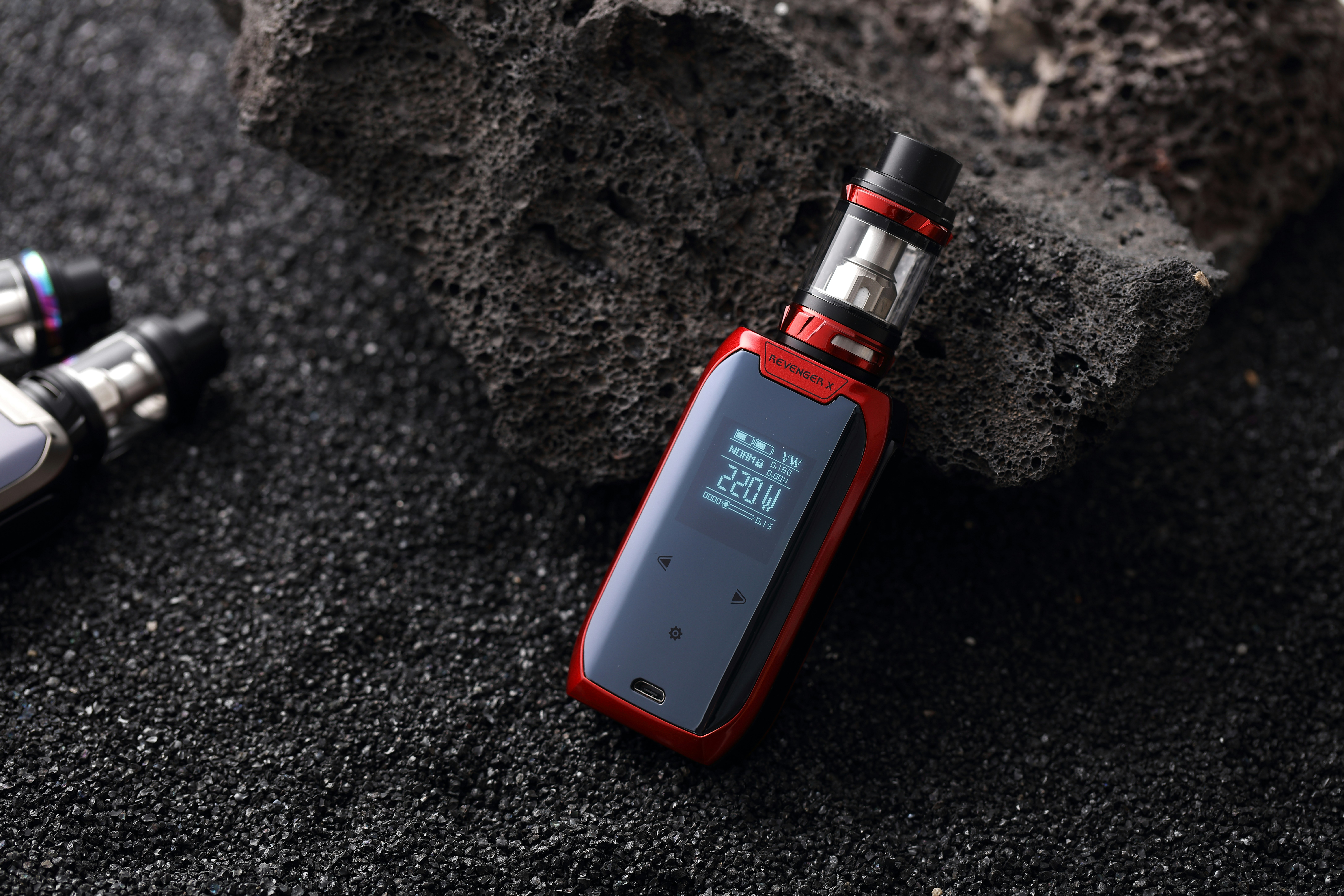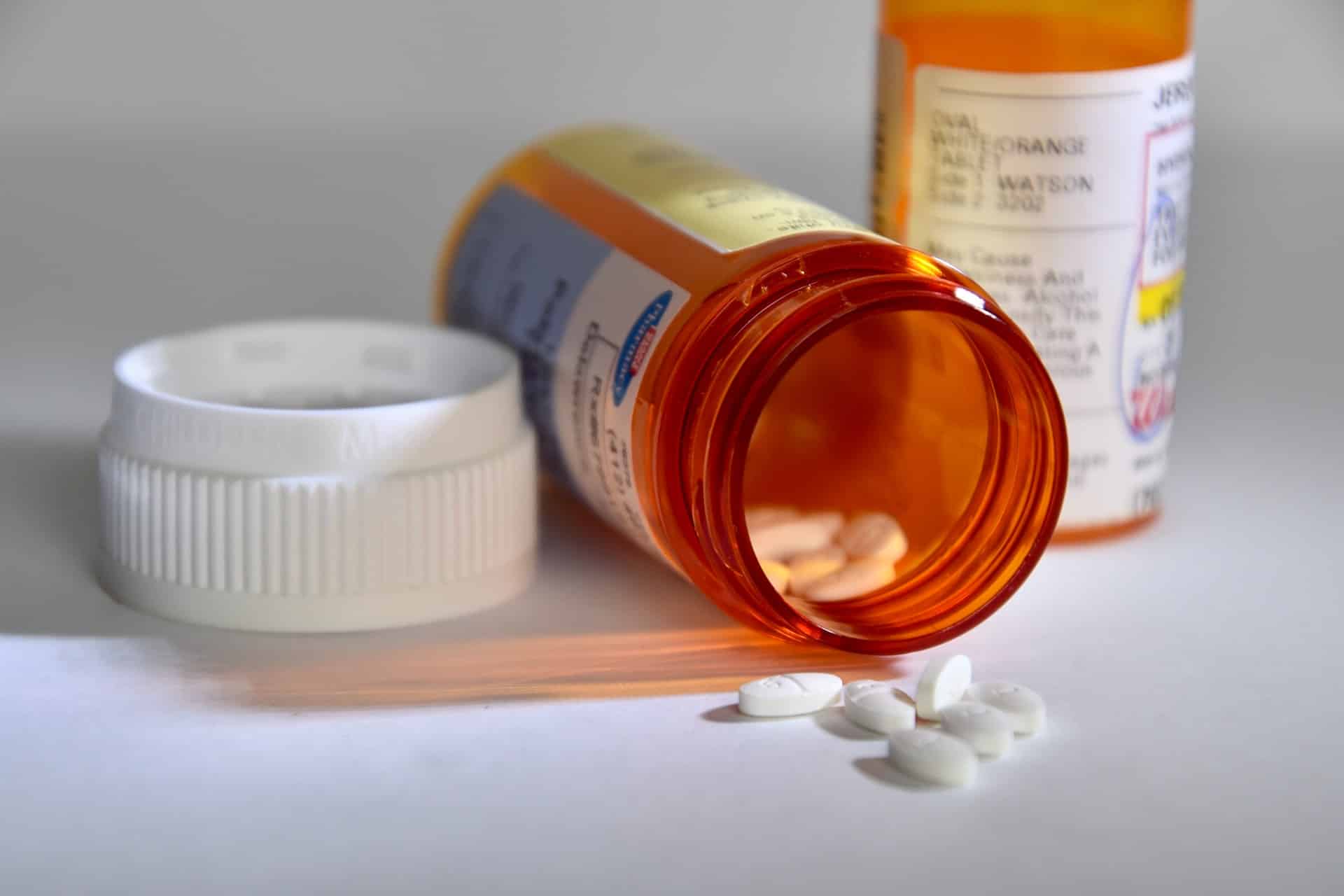This therapy is becoming increasingly important and accepted in addiction treatment. Here’s why.
By now, most medical professionals in the addiction field believe that medication-assisted treatment (MAT) can help people with substance use disorders (SUDs). Very few doctors or therapists question that anymore, including here at Lakeview Health.
If anything, it’s the substance abusers themselves, and their loved ones, who still remain resistant to MAT because of the supposed stigma around it.
Which simply means we still have a ways to go on this front.
What is MAT?
MAT was originally coined as the name for medication developed and used to treat opioid use disorder. It now has taken on a broader meaning as a therapy protocol, and encompasses medications that are well studied and effective for other substances including alcohol and nicotine. Research is ongoing for treatments for other substances such as cocaine, methamphetamine, and marijuana.
The “whole patient” perspective
Medication-assisted treatment is “the use of medications, in combination with counseling and behavioral therapies, to provide a ‘whole-patient’ approach to the treatment of substance use disorders.” This definition comes from the Substance Abuse and Mental Health Services Administration (SAMHSA).
The operative phrase here is “in combination with,” and that part is often overlooked. Treatment approaches for substance abuse that are only one or the other—medication or counseling/therapy—are not as effective as the combination of the two modalities. We see the evidence for this daily, in a country where the opioid crisis rages. Taken together, however, medications and behavioral therapies, along with mutual support (AA, NA, or SMART meetings), have proven to be a very effective treatment approach.
The idea here is that the medication part of MAT should never happen in a vacuum. It’s not effective by itself, and no reputable addiction treatment provider would ever dispute that.
In fact, for opioid addiction treatment, it is federally mandated that MAT patients in certified opioid treatment programs (OTPs) also receive counseling along with medical, vocational, educational, and other services.
The outmoded thinking around complete abstinence
For decades in this country, the gold standard end-goal for people with alcohol or drug addictions was complete abstinence from all drugs, including prescription medications that were used to help keep people off more addictive and deadly drugs. The thinking was that drug therapy was somehow cheating. Or that you weren’t truly in recovery until you took no medications whatsoever, with the exception of things like aspirin, allergy medicine, or chronic disease medications.
That mindset, although it has weakened, is still with us in 2021, and I believe it does more harm than good. Complete abstinence works well for many people, but scientific evidence has shown it is not the best path forward for everyone. Or even for most people.
Key types of MATs
Opioid MAT: Methadone, naltrexone, and buprenorphine are all standard medication options in the MAT arsenal aimed at opioid addiction. They all have their strengths and weaknesses—thus they must be prescribed with care. Naloxone, also known as Narcan, the overdose drug, is exclusively used to reverse an opioid overdose. Naloxone helps to block the effects of opioids.
An increasingly popular and effective MAT medication for opioid use disorder is suboxone, which is a combination of buprenorphine and naloxone. Often taken daily by tab or “film” under the tongue, suboxone blunts the intoxicating effects of heroin, morphine, and other opioids; it can decrease cravings; and it can help people transition back to a normal life.
The great news: MAT for opioid addiction has been shown to lower the risk of fatal overdoses by around 50 percent.
Alcohol MAT: As for those with alcohol addiction, there are three key MAT medication options: Antabuse, Campral, and Naltrexone.
Antabuse is an older medication that has not been shown to be effective in controlling cravings. However, it does cause a severe adverse reaction if someone drinks alcohol while taking Antabuse, so it can have a deterrent effect. It also carries some significant risks for side effects, which need to be considered before prescribing.
Naltrexone is also well studied and has shown to reduce the euphoria associated with alcohol. It has also been shown to reduce the number of drinking days during a relapse.
Campral works to restore the balance of glutamate in the brain. Glutamate is an excitatory neurochemical that can increase anxiety levels in some people when it is out of balance. Campral has also been shown to reduce cravings for alcohol.
Interestingly, there is anecdotal evidence that Campral may work better for women, and Naltrexone may work better for men. However, more research needs to be done to substantiate these findings.
Nicotine MAT: The medications for this therapy include nicotine replacement therapies such as patches and gum as well as a medication called Chantix, is well known and has been proven to be effective. However, MAT medication for nicotine is rarely long lasting when used by itself. It works better when combined with behavioral changes and therapy.
Stimulant MAT: Until very recently, there has not been an effective MAT medication for cocaine or methamphetamine, which are both classified as stimulants. However, brand new research on MAT medication for methamphetamine addiction is showing promise.
A breakthrough for methamphetamine MAT?
In an NIH-funded study published in the New England Journal of Medicine in early 2021, researchers found that a two-medication combination—injectable naltrexone and oral buproprion—was effective in adults with moderate to severe methamphetamine addiction. After 11 weeks, test subjects who took the combination were six times more likely on average to have a negative (i.e. clean) urine screen than control subjects who did not take the combination.
Furthermore, those who took the naltrexone/buproprion combination had fewer cravings, and reported greater improvements in their lives when assessed via questionnaire. Finally, the medication takers experienced no significant side effects from the two-drug combination.1
These results are hugely encouraging, especially given that methamphetamine addiction has been surging nationwide in recent years among 25 to 54 year-olds, with the highest addiction and overdose rates occurring among Native Americans.2
The takeaway on MAT
Regarding where we are with medication-assisted treatment today, I’ll end with this: As part of a comprehensive “whole patient” treatment plan for substance use disorder, MAT has its place and then some.
Unfortunately, MAT is still unavailable to many with SUD who need it because of limitations in health insurance coverage, lack of funding for treatment programs, or because there aren’t enough providers who are qualified to deliver the medication part of the therapy.
But we’re getting there in all these areas.
My advice to substance abusers and their loved ones? Be open to the possibilities, as MAT could be a crucial piece of your overall recovery plan.
Addiction Treatment at Lakeview Health
If you or a loved one is struggling with a substance use disorder, contact Lakeview Health today. Our team is ready to help with the admissions process and begin addiction treatment.
Footnotes
1. https://www.nih.gov/news-events/news-releases/combination-treatment-methamphetamine-use-disorder-shows-promise-nih-study#:~:text=Combination%20treatment%20for%20methamphetamine%20use%20disorder%20shows%20promise%20in%20NIH%20study,-AddThis%20Sharing%20Buttons&text=A%20combination%20of%20two%20medications,controlled%20Phase%20III%20clinical%20trial.
2. https://www.fda.gov/drugs/information-drug-class/information-about-medication-assisted-treatment-mat




